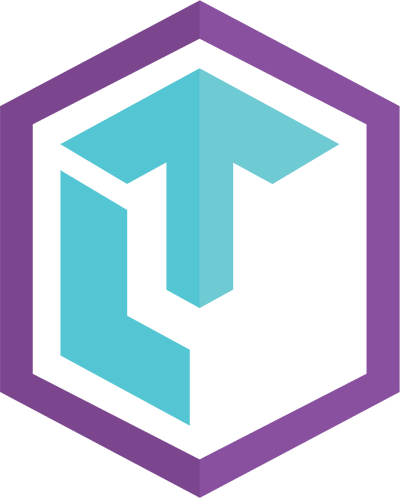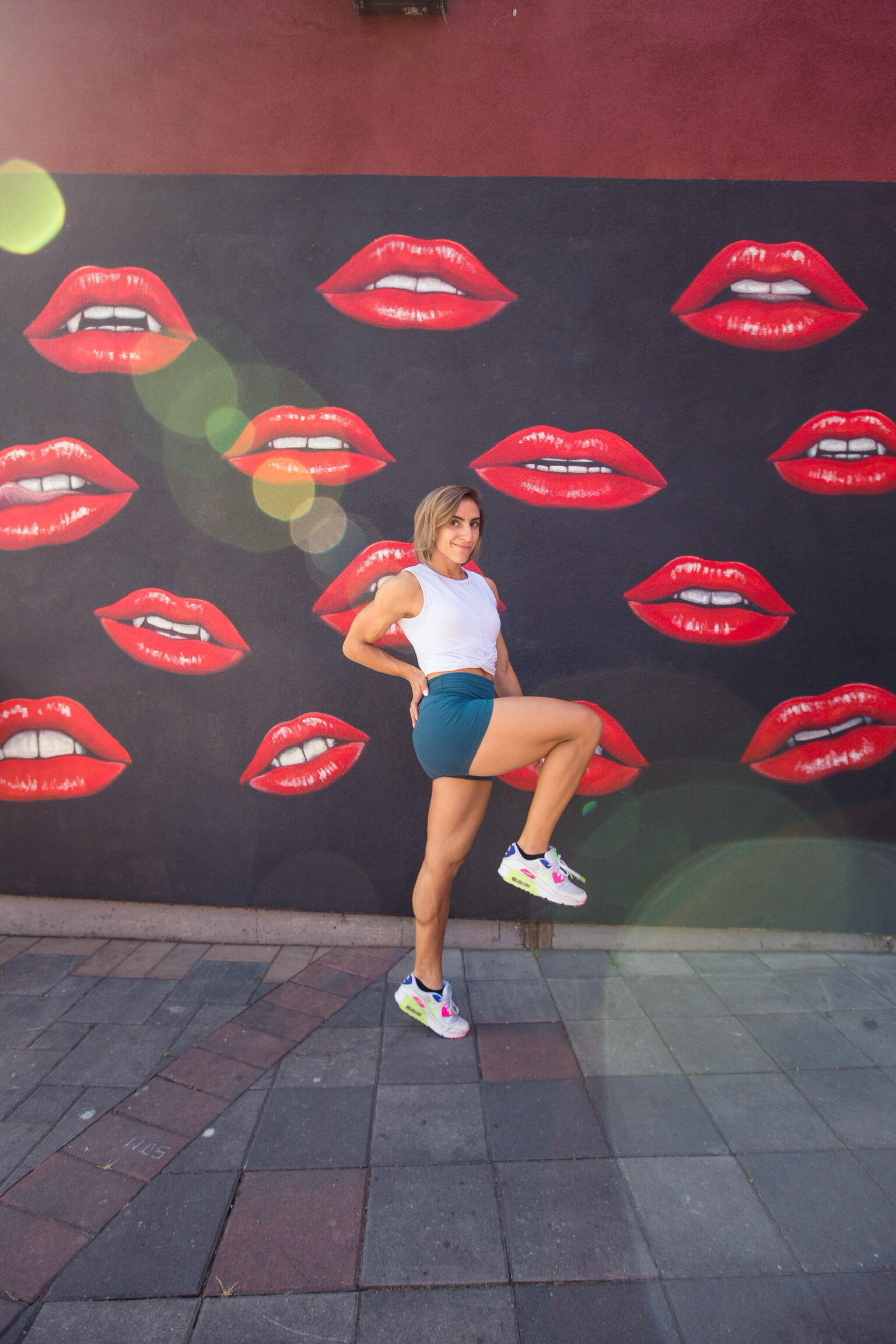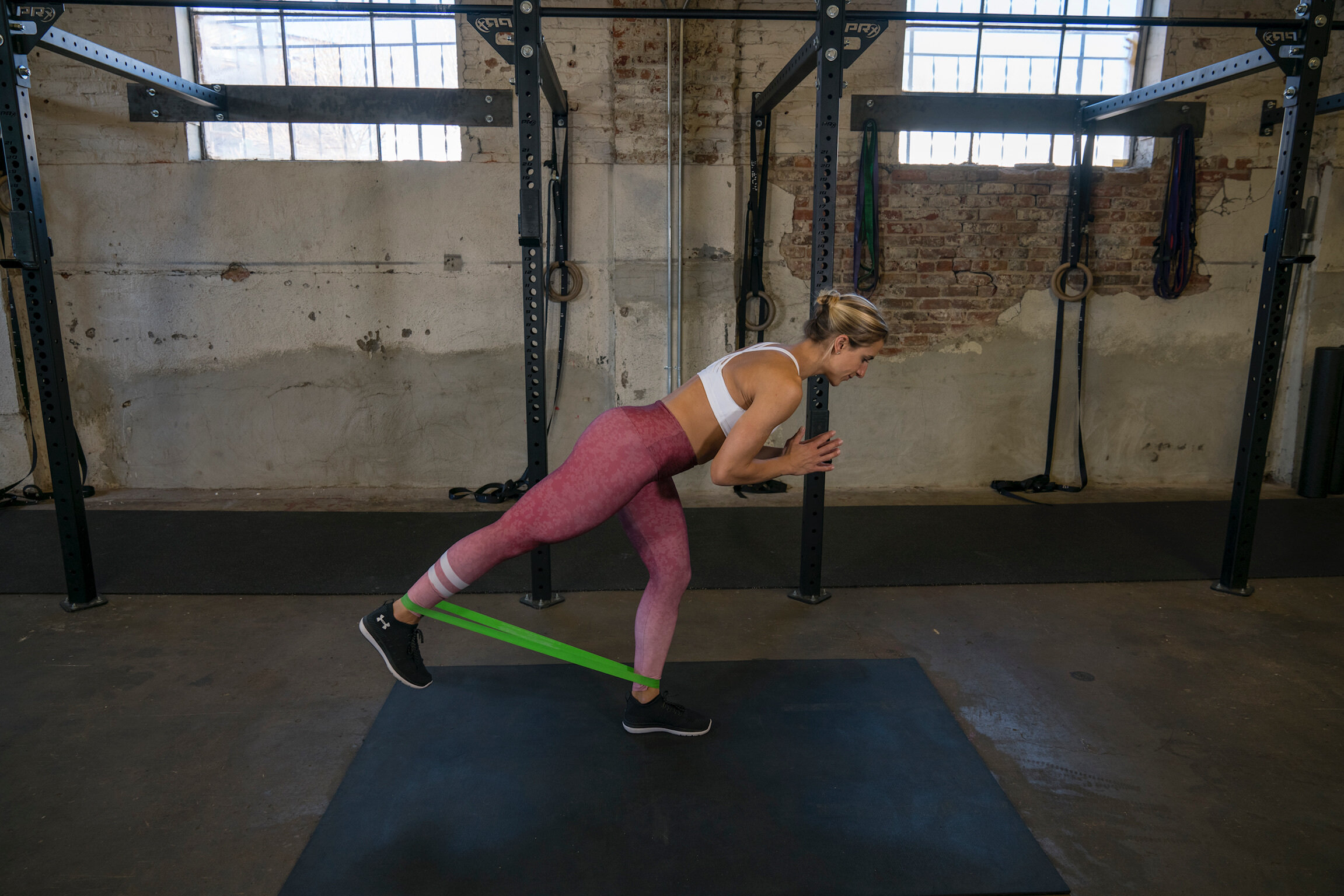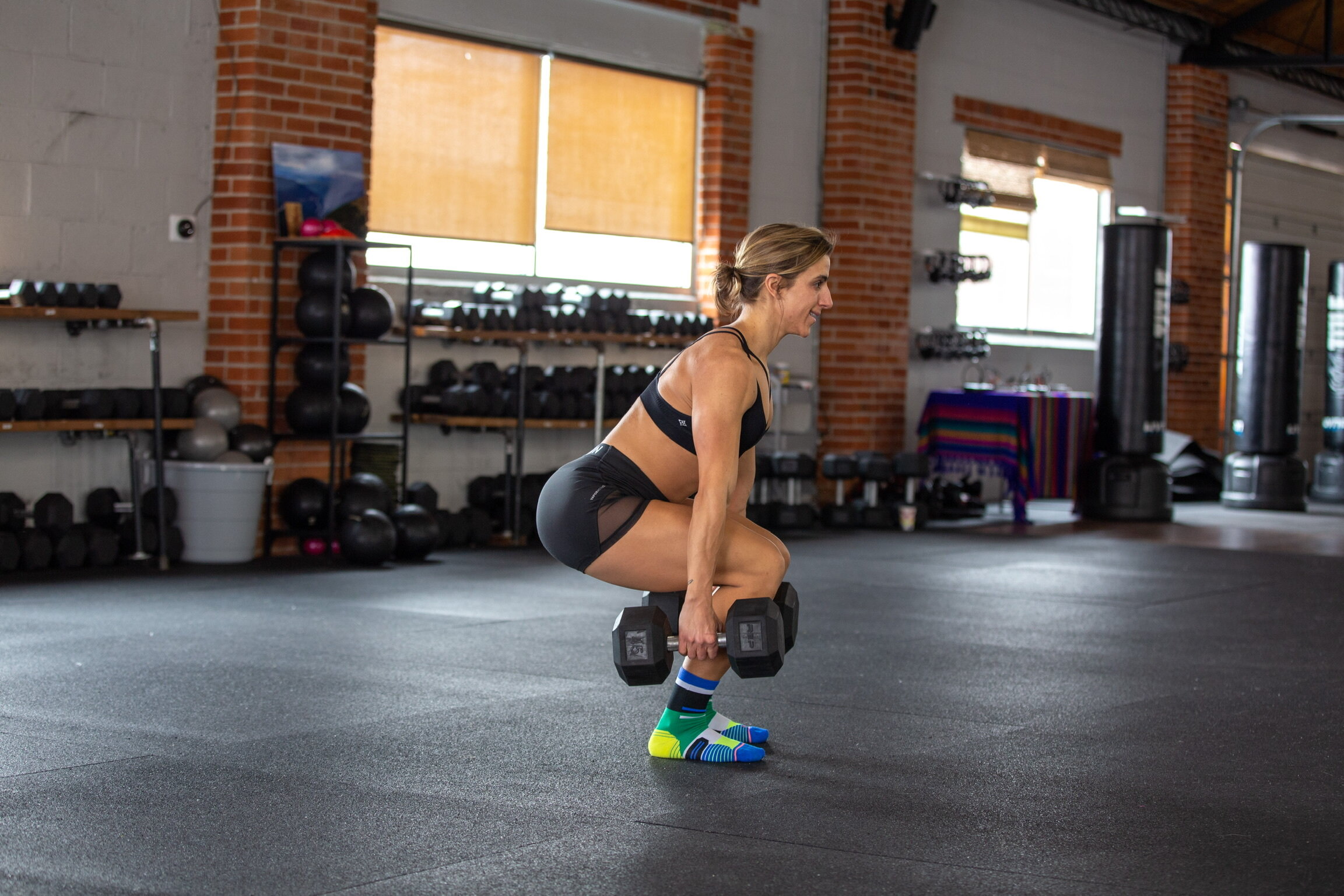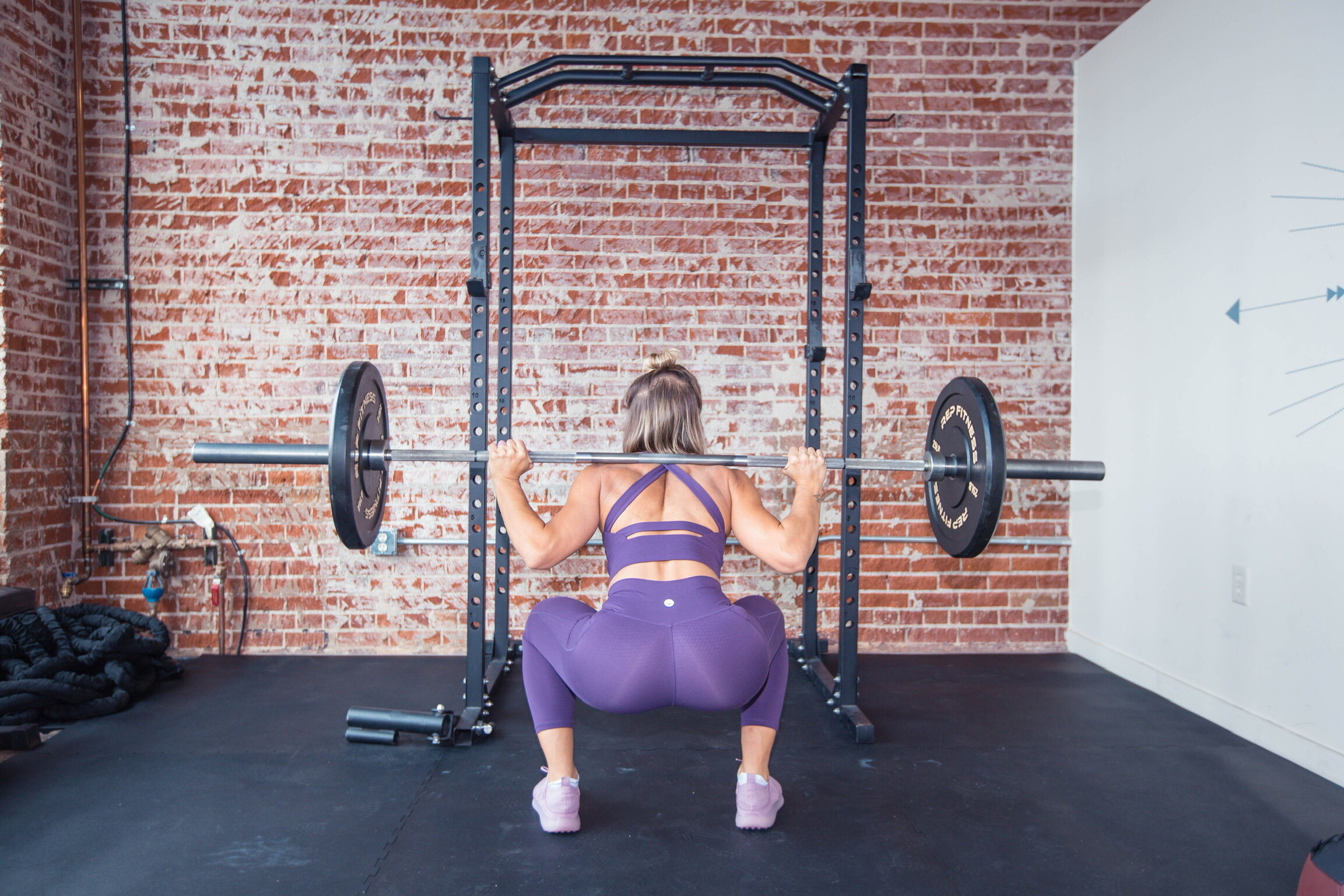Five Reasons to Build Strong Glutes
I get it. Butts are totally in right now.
Took long enough!
Seriously though. I don’t want to derail myself on this blog about the importance of putting in the glute work, but how annoying is it that the “ideal” female body type changes every decade with gigantic swings?!
Small waist.
Big boobs.
Big butt.
No, small boobs.
Still big butt.
Okay, noo butt.
Seriously NO butt.
Toned arms.
Wait, butts are back.
Ugh.
It’s exhausting, which is why I always, always, ALWAYS want to remind you that your body is not about the fads. It is not trendy. It is your body that carries you throughout your entire day. It is a beautiful vessel, and we owe it to ourselves to honor it.
Back to the program.
Butts are in. But (pun intended) I’m here to remind you that butts are super cool for so many reasons other than the ability to fit nicely into a pair of jeans...leggings...a skirt...what is everyone wearing these days?!
In this blog I’d like to highlight the five main reasons to spend some time on your glutes because, absolute fact, stronger glutes are a vital part of a strong body.
Truth bomb. Your gluteal muscles are the largest group of muscles in your entire body.
Let’s dive into some quick anatomy. Your buttocks are made up of three what’s called superficial muscles: gluteus maximus, gluteus medius, and gluteus minimus. There are then a few sets of deep muscles, which are smaller muscles located under the gluteus minimus that serve to laterally rotate (or make a movement away from the midline) the lower limbs. If you’re into this whole anatomy thing and want to dive deeper, click here.
Moral of the story is that our glutes house our ability to really move the entire lower portion of our bodies.
So, without further adieu, the top five reasons to work your glutes.
One. Prevents knee, hip, and lower back injuries.
Our hamstrings, knees, and lower backs are some of the most vulnerable parts of our bodies. A lot of this correlates to the fact that most of us spend a big chunk of our working lives sitting at a computer. Strengthening the glutes can have a profound impact on preventing tears and sprains in your back muscles. Weak glutes wreak havoc on lower back alignment, which puts back muscles at great risk of injury.
Fun fact. The glutes are designed to be the body’s core stabilizer. When glutes are weak, the psoas muscle overcompensates.
Let’s quickly return to anatomy. There are three significant muscles that connect your spine to your legs: the gluteus maximus, piriformis, and psoas. Spin-health.com writes, “When you are walking, your brain triggers your psoas muscle to move your back leg forward—initiating the alternation between the front and back leg.”
If the psoas is overactive because of weak glutes, compression then occurs in the lower back, one of the most common causes of back pain. Then, irritation and misalignment in the spine leads to a myriad of other issues, especially in the hips and knees.
In sum, weak glutes are no bueno for the body. Period.
Two. Improves squats, lunges, deadlifts, and basically any powerful lower body exercise.
Lower body exercises ALL start in the glutes. It doesn’t matter if you’re “just” doing a calf raise. The glutes are working.
By default, getting stronger in any lower body exercise means also getting stronger in the glutes. Better yet, one can increase one’s strength in a lower body exercise by also specifically focusing on the glutes.
I’m going to give you access to my free legs and booty ebook at the end of this blog, and one of the key takeaways for the glutes is that they should be trained in a mix of both high and low rep ranges, slow and fast tempos, and isometric holds.
Concentrating on the glutes will significantly impact ALL lower body strength.
Three. Improves function and athleticism.
Put one and two together, and you can understand how the glutes will then positively impact athleticism. Strong glutes will help you jump higher, run faster, and be more explosive.
And, newsflash, you don’t have to be training for the Olympics to be justified in wanting these things for yourself. You could absolutely want to block your archnemesis in your next rec league basketball game. But you could also just want to be able to play more easily with your kids or hike a local trail without wanting to keel over before you reach the car.
t’s called life.
PS...if you don’t like to use “I” and the word “athlete” in the same sentence then I highly recommend my blog “Six Ways to Increase Your Athleticism” because we can all increase our athleticism. It doesn’t matter your age or previous athletic experiences (whatever that means). All that matters is a desire to put in the work.
Four. Supports posture and balance.
When your glutes are strong, your lower body and pelvis are in alignment. When your lower body and pelvis are in alignment, then your shoulders, neck, and back are properly supported and aligned.
What does that spell?!
GOOD POSTURE.
And let us not forget that we are currently suffering from some serious posture issues due to our aforementioned computer time.
Five. Positively impacts overall body composition.
One thing I want to remind you about strength training is that it burns a lot of calories (I know, I know, your sixth grade health teacher taught you all about cardiovascular exercise and the need to run in order to burn calories).
Yes, cardio burns calories; however, strength training generally has more prolonged after-effects on muscle gain and metabolism. Experts use EPOC, or “excess post-exercise oxygen consumption,” to measure this effect.
An article in Medical News Today states, “Lifting weights usually leads to higher EPOC levels than cardio, resulting in more significant muscle breakdown. This means that the body continues to burn calories even after completing a weightlifting workout.”
All this points to the fact that training your backside, composed of the largest group of muscles in your body, will thereby burn more calories than most other body parts. And it will keep burning those calories well after your last squat.
As we age, we lose bone density and muscle. The added bonus here is that training glutes works your cardiovascular system while simultaneously strengthening your bones.
Win-win.
Lest we not forget that butts are really cool. And I’d be lying if I said I didn’t love a nice butt.
Amirite?!
So, let’s get that peach to work! I’m here to help.
